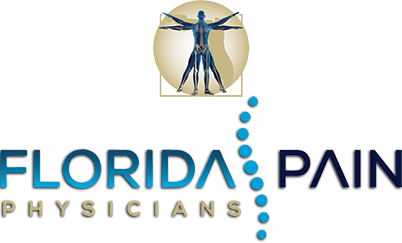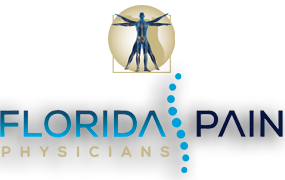Second most common reason why adults in the US visit the doctor, it’s the most common type of chronic pain problem. Depending on the duration of symptoms, back pain can be classified as Chronic (more than 6 months) and acute (meaning short term). Conservative measures are usually successful in treating acute pain. These include the use of ice or heat therapy or compresses, physical or massage therapy, short-term rest and over-the-counter pain relievers. If the pain problem fails to respond appropriately to these treatment modalities and progresses to chronic, the pain and spine specialists at Florida Coast Pain and Spine Center can advise a variety of alternative and interventional treatment modalities to achieve long lasting pain relief.
Symptoms:
Vary depending on the underlying conditions. Of course, the most common symptom is pain, but due to patient-to-patient variability, the type and level of pain a patient experiences as well as the duration will differ. The character of the pain could be described differently with descriptors as such as electric shock-like pain, stabbing, sharp pain and dull or achy pain. The duration also could differ between seconds to days. Additionally, patients can present with associated symptoms, which include limb numbness, decrease mobility, decrease strength, muscle spasms and pelvis, hips and back tightness. It is advised to patients suffering from back pain that has lasted more than 3 months to seek care from a specialist, as this type of pain is considered chronic in nature.
Causes:
Back pain can be due to a number of different conditions, injuries and disease processes. Underlying conditions that can cause back pain include sciatica, degenerative disc disease, degenerative facet joint arthritis, spinal stenosis, arthritis, osteoporosis, and vertebral fractures. Also, direct trauma to the back and overuse injuries are associated with back pain. Always in the differential infection and cancerous tumors are rare possibilities.
Treatment modalities:
Once the cause has been identified an adequate treatment plan can be formulated. Always the treatment should be tailored to the specific patient and individualized. The use of conservative measures in conjunction with alternative and interventional therapies should be considered a priority in the therapeutic plan. The recommendations will vary but may include the use of intervals of rest, ice/hot therapy, pain medications over-the-counter and/or prescription strength in between recommended and indicated interventional pain treatments. The pain and spine specialists at Florida Coast Pain and Spine Center would include as indicated the use of minimally invasive non-surgical procedures including the use of steroid injections, Epidural injections, selective nerve blocks, radiofrequency ablation, nerve stimulation, regenerative therapies and trigger point injections.







